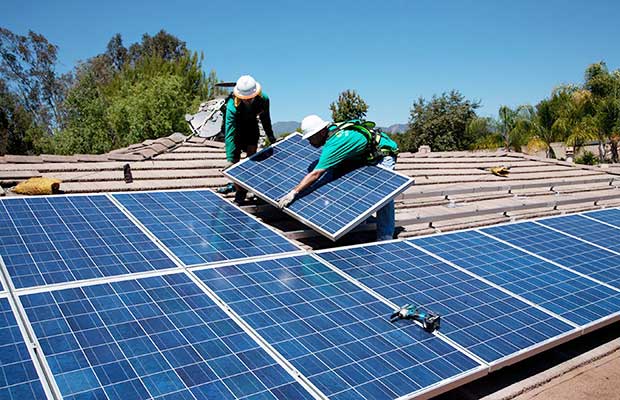The recent ‘Photo Voltaic (PV) Price Forecasting Report‘ released by the Clean Energy Associated (CEA) claimed that the solar PV module pricing in China would drop around 15 percent from the fourth quarter (Q4) of 2022 to the Q4 of 2023. The report said this is primarily due to the reduction of polysilicon prices.
The report also said that the module pricing in Southeast Asia is slated to decrease around 5 percent at the same time as the key suppliers are expected to return to operations after some disruptions. The report also said that for the United States (US), the market prices for PVs will likely remain above the rest of the world’s rates.
The report said the global PV manufacturing capacity across the supply chain will likely witness rapid growth between 2022-2027. It claimed the capacity growth would probably be concentrated in China for polysilicon but will benefit Southeast Asian countries too.
The report anticipated that with the rising demand for clean energy, the global installations of clean energy would rise. It said China is likely to become the first national market to exceed annual installations of more than 100 Gigawatt (GW) and is set to be the global leader. However, the European Union is likely the next largest market, while the US is the third largest.
The CEA report said that the module pricing in Southeast Asia might come down up to 5 percent between Q4 of 2022 to Q4 of 2023. It also noted that between Q4 of 2024 to Q2 of 2025, the pricing should decrease by another 10 percent as most of the new capacity across Southeast Asia and India will likely come online. However, a crucial price drop is expected in 2025 as several incoming supplies would need to be operational before existing suppliers recognize the need for price adjustments.
Polysilicon accounts for 16 percent of the module pricing; the report added that it was down from 22 percent in Q4 of 2022. While holding constant, its price is slated to come down by the end of 2023. The report said that polysilicon pricing had been driving wafer prices. While suppliers hoped to reclaim margin with the fall, the competitive wafer prices within China should suppress margin expansion.
The report said cell pricing in Southeast Asia remains attractive as suppliers are in-house producers or have very few cells for external sale. The module margins remain high for suppliers shipping modules to the US as the costs have started to fall, but supply disruptions allowed suppliers to capitalize on price expansion over 2021/2022.

